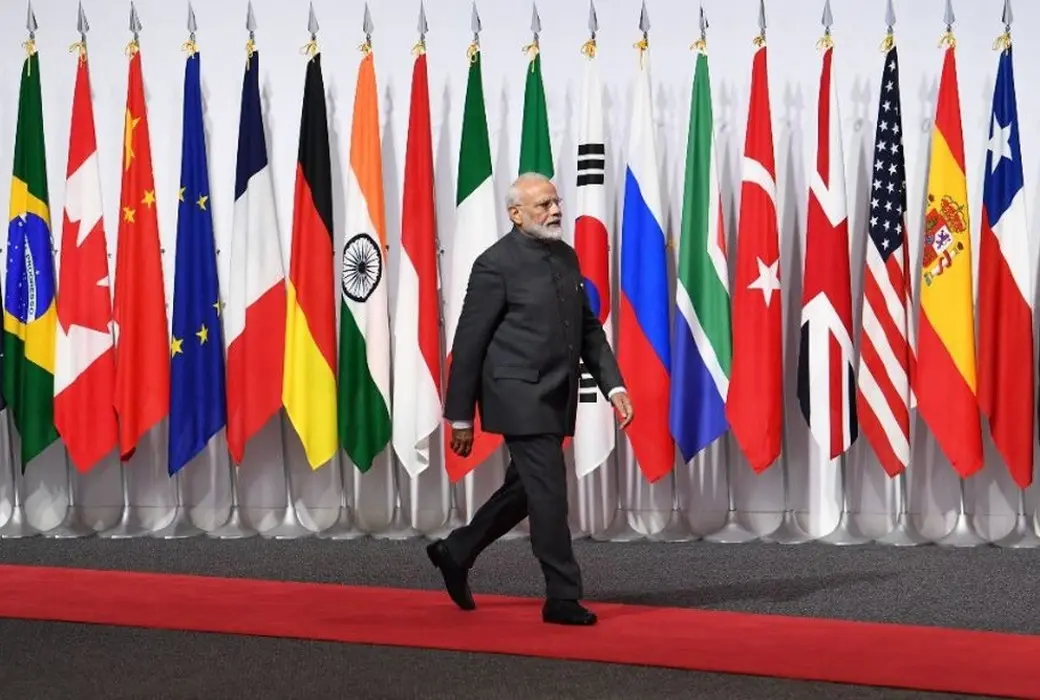adverts
India has officially confirmed that it does not support the formation of a BRICS currency to challenge the dominance of the US dollar.
The Modi government has made it clear that it embraces the US dollar for cross-border transactions and will continue to use it as the primary medium for international trade.
While India remains open to settling payments in local currencies with other developing nations when deemed appropriate, it has decisively distanced itself from any plans to introduce a shared BRICS currency.
adverts
This stance comes after the United States, under Donald Trump, excluded India from newly imposed tariffs that targeted Canada, Mexico, and China.
India’s position could strain its relations with fellow BRICS members, particularly China, which has been a leading advocate for a new BRICS currency. China has been working closely with Russia and Iran to advance a common currency initiative aimed at reducing global reliance on the US dollar.
The proposed currency is seen as a strategic tool to counter Western economic dominance, but India’s refusal to participate may hinder these efforts.
Union Commerce Minister Piyush Goyal firmly reiterated India’s opposition to the idea, stating that India has no interest in sharing a currency with China. Given the decades-long border disputes and trade tensions between the two nations, India’s rejection of a common BRICS currency aligns with its broader geopolitical and economic strategy.
“We are on record—we don’t support any BRICS currency. Imagine us having a currency shared with China. We have no plans. It is impossible to think of a BRICS currency,” Goyal stated at the IT-BT roundtable 2025 in New Delhi, as reported by Business Today.
Despite India’s firm stance, China, Russia, and Iran continue to push for de-dollarization, aiming to reduce dependency on the US financial system. This initiative, if successful, could have significant implications for global markets, potentially impacting various sectors in the US by reducing demand for the dollar in international trade.
India’s refusal to back the BRICS currency initiative reflects its intent to maintain economic flexibility and sovereignty while preserving its growing trade relations with the United States.
The move underscores the internal divisions within BRICS, raising questions about the bloc’s long-term cohesion and collective bargaining power on the global economic stage.
As China, Russia, and Iran pursue their de-dollarization agenda, India’s strategic decision to stick with the US dollar could redefine its role within BRICS and reshape the future of international financial alignments.
Click the link Puretvonline.com | WhatsApp Channel to join the Whatsapp channel
GOT A STORY?
Contact/WhatsApp: +233243201960 or Email: manuelnkansah33@gmail.com


